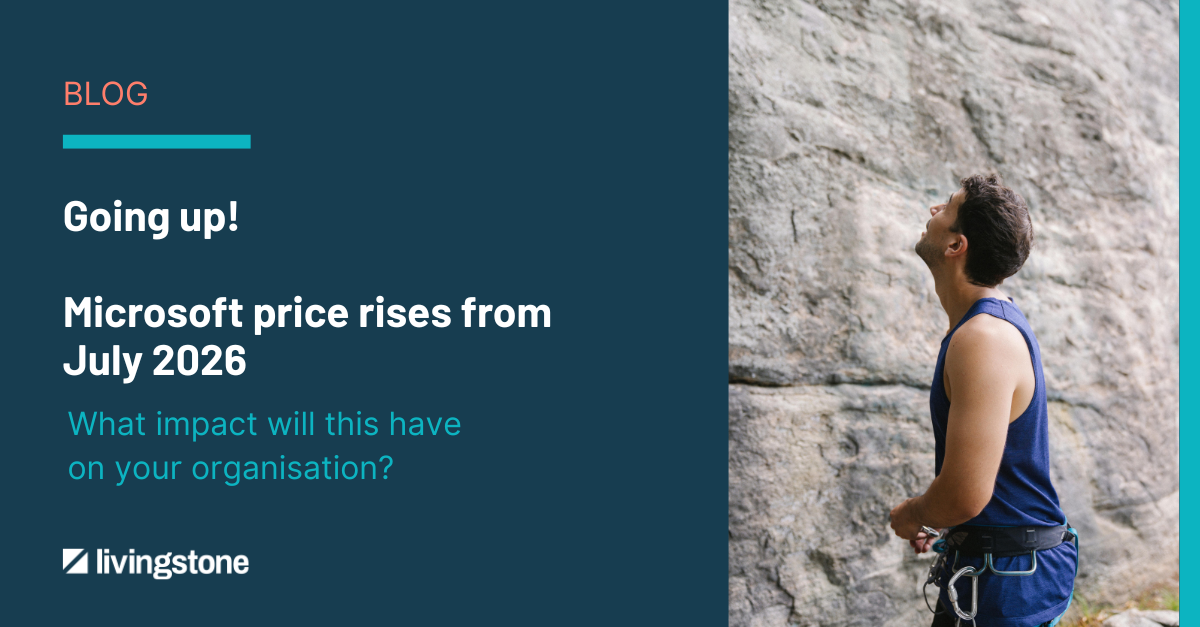Challenges in the financial market
In today's volatile financial landscape, organizations face a multitude of challenges, including macroeconomic conditions, budget constraints, fluctuating interest rates, and ambitious savings targets. These factors necessitate a robust and adaptable operating model.
Understanding the macro conditions, such as economic downturns or booms, helps in forecasting and preparing for potential budget constraints. Additionally, interest rate changes directly impact borrowing costs and investment returns, influencing overall financial strategy. To thrive, businesses must adopt a proactive approach, anticipating these changes and adjusting their strategies accordingly.
Jump to a specific section:
- Understand what you own
- Understand what you use
- Understand what you need in future
- Negotiate better contracts
- Don't forget about risk
- Continuous management
Understand what you own
A critical step in optimizing your software asset management (SAM) is gaining complete visibility of all software and cloud contract expenditures. This encompasses maintaining an up-to-date inventory of all software assets and understanding the entitlements associated with each.
Accurate visibility ensures that organisations can avoid unnecessary expenditures, uncover underutilised licenses, and ensure compliance with vendor agreements. By leveraging SAM tools and practices, businesses can track software usage and entitlement effectively, leading to substantial cost savings and more informed decision-making.
Understand what you use
Continuous monitoring and understanding of software usage per contract are essential for effective SAM. Organizations need to know how much software is being utilized, which helps in identifying unused or underutilized licenses.
Regular audits and usage tracking ensure that software assets are aligned with actual needs, preventing overspending and ensuring compliance. Implementing automated tools for monitoring usage can provide real-time insights, allowing for timely adjustments and optimization of software resources.
Watch the full video by clicking the image below:
Understand what you need in the future
Forecasting future software needs involves demand and forecast management. This requires a thorough analysis of current and future business requirements, technological advancements, and market trends.
By predicting future needs, organizations can negotiate better terms, plan for upgrades, and avoid last-minute purchases that may come at a premium. Incorporating predictive analytics and trend analysis into SAM practices helps in making informed decisions, ensuring that future software needs are met efficiently and cost-effectively.
Negotiate better contracts
Effective contract negotiation is crucial for optimizing software costs and ensuring favourable terms. Utilizing third-party expertise and external benchmarking can provide valuable insights and leverage during negotiations. Experts can help identify industry standards, potential savings, and best practices, ensuring that contracts are aligned with business objectives.
External benchmarking allows organizations to compare their contracts against industry peers, ensuring competitive pricing and terms. This strategic approach to contract negotiation can result in significant cost savings and enhanced vendor relationships.
Don't forget about risk
Risk management is a critical component of SAM. Protecting the organization from software audits and mitigating internal risks is essential to avoid financial penalties and reputational damage.
This involves maintaining compliance with licensing agreements, conducting regular internal audits, and implementing robust governance practices. Organizations should establish clear policies and procedures for software usage, ensuring that all employees adhere to licensing terms. Additionally, investing in compliance training and awareness programs can help minimize the risk of non-compliance and unauthorized software usage.
Continuous management
Continuous management of software assets is vital for maintaining an optimized operating model. This involves ongoing monitoring, regular audits, and continuous improvement of SAM processes. Investing in people, processes, and technology is key to sustaining an effective SAM strategy.
Organizations should prioritize training and development for SAM teams, ensuring they are equipped with the latest knowledge and skills. Implementing advanced SAM tools and technologies can streamline processes, enhance visibility, and provide real-time insights, enabling proactive management of software assets.
In conclusion, optimizing your operating model in the financial market requires a comprehensive approach to software asset management.
By addressing the challenges of macro conditions, gaining visibility into software assets, understanding usage, forecasting future needs, negotiating better contracts, managing risks, and committing to continuous management, organizations can achieve significant cost savings, ensure compliance, and maintain a competitive edge. Investing in the right tools, expertise, and processes is essential for sustaining an effective SAM strategy, ultimately leading to improved operational efficiency and financial performance.
About the author:
Simon Leuty
Founder of Livingstone and Chief Innovation Officer at Trustmarque

Chief Innovation Officer at Trustmarque and founder of Livingstone Technologies, Simon Leuty is a font of knowledge within the Software Asset Management industry.
Livingstone is a leading global provider of software and technology asset management solutions, with a distinct focus on optimizing IT costs and propelling digital transformation.





